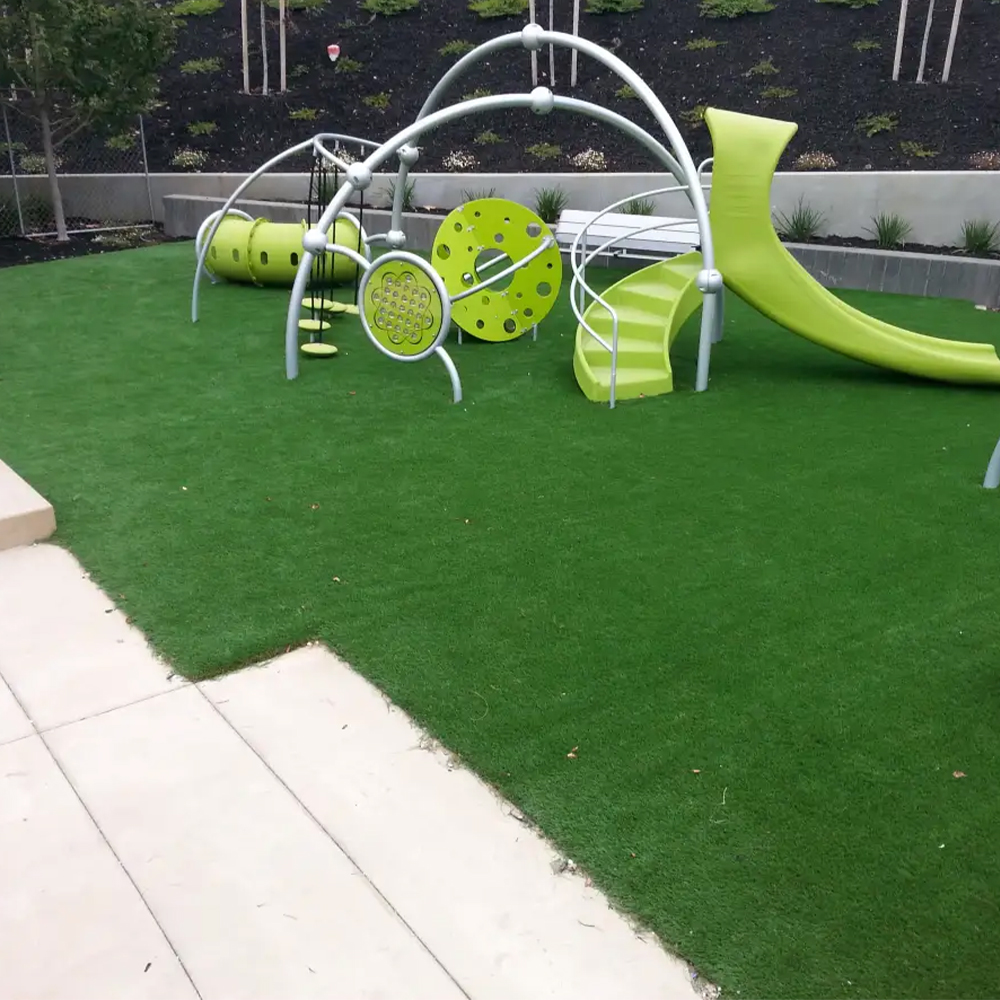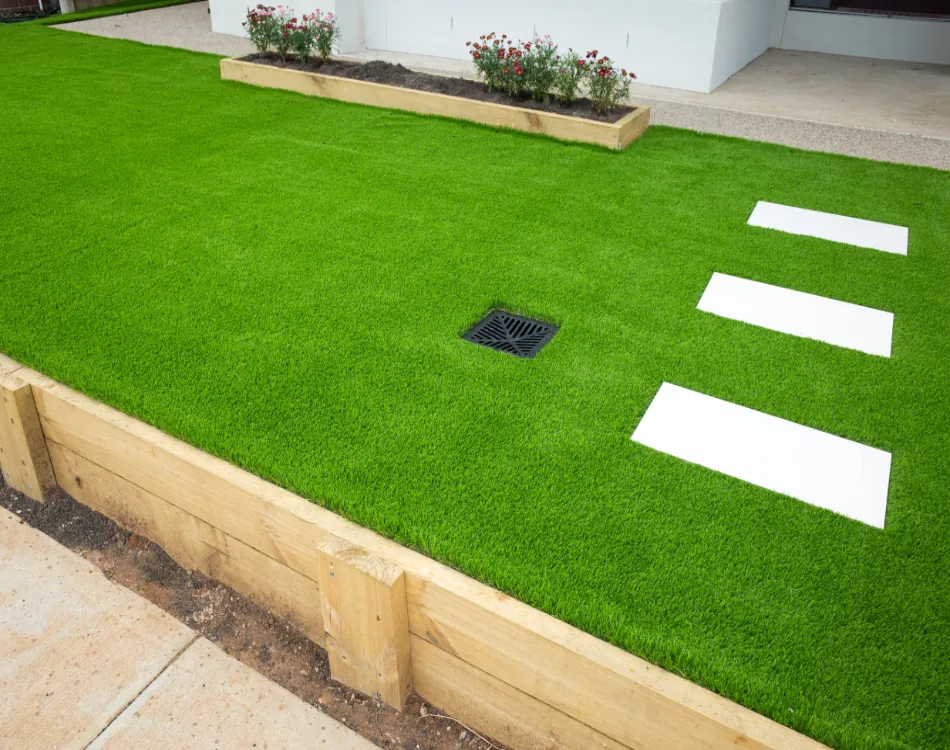Professional Arizona Turf Providers Delivering a Lifelike Lawn Alternative
Professional Arizona Turf Providers Delivering a Lifelike Lawn Alternative
Blog Article
See Why Homeowners Prefer Artificial Turf for Sustainable Landscaping Practices
As home owners progressively focus on sustainability in landscaping, artificial turf has actually arised as a compelling option to traditional yard. What remains to be checked out is the complete extent of benefits that artificial lawn can provide to homeowners and the environment alike.
Water Preservation Conveniences
One of the most substantial benefits of synthetic lawn is its role in water preservation. In comparison, man-made turf removes this need entirely, as it does not require irrigation.
Additionally, the installation of artificial lawn can contribute to an extra lasting landscape. Property owners can dramatically reduce their water expenses, permitting reallocation of sources to other environmental campaigns or household uses. In addition, artificial turf is made to hold up against various climatic problems without the demand for supplementary watering, making it an optimal choice for areas facing water scarcity.
The ecological advantages prolong beyond instant water cost savings. By decreasing water intake, artificial lawn aids to alleviate the influences of climate change, preserving crucial ecological communities that are threatened by too much water extraction. As lasting landscape design methods acquire grip, man-made grass emerges as a liable selection for homeowners looking for to produce green outside rooms.
Reduced Maintenance Initiatives
Synthetic grass significantly decreases upkeep efforts compared to traditional turf yards. With fabricated grass, homeowners can remove the time-consuming tasks related to all-natural landscaping, such as mowing, feeding, and weeding. This not just saves important time yet likewise lowers physical labor, making yard care accessible for people of all ages.
One of the most notable benefits is the absence of regular mowing. Conventional yards require constant trimming to keep a cosmetically pleasing elevation, whereas synthetic grass continues to be continually rich without the need for cutting. Furthermore, house owners no more require to apply plant foods or pesticides, which are usually required to maintain all-natural lawn healthy. This shift not only lightens the work yet also advertises a neater, much more uniform look year-round.
In addition, synthetic grass is resilient and long lasting, requiring marginal maintenance past periodic brushing and washing to get rid of debris. This convenience of maintenance permits property owners to appreciate their outdoor spaces without the consistent fear of maintenance, supplying even more time for recreation and household tasks. Inevitably, the lowered maintenance efforts connected with synthetic grass make it an enticing choice for those looking for a low-maintenance, visually appealing landscape.

Ecological Effect Reduction
There is a growing acknowledgment of the ecological benefits connected with fabricated grass, especially in terms of water conservation and reduced chemical use. Standard lawns need substantial quantities of water, specifically in drought-prone regions, leading to enhanced pressure on neighborhood water sources. In comparison, fabricated lawn removes the demand for irrigation, dramatically reducing water usage and advertising sustainability.
Additionally, traditional lawn maintenance commonly involves the application of pesticides, plant foods, and herbicides, which can add to soil and water air pollution. Man-made grass minimizes this ecological hazard by requiring minimal maintenance and practically removing the need for hazardous chemicals. This not only enhances dirt health yet likewise protects local ecological communities from poisonous runoff.
Additionally, the manufacturing of natural turf lawns generally involves using fossil fuels for trimming and landscaping tools, more adding to greenhouse gas emissions. By choosing synthetic grass, homeowners can considerably reduce their carbon footprint connected with yard treatment activities.
Visual Charm and Flexibility
In enhancement to its ecological advantages, fabricated lawn uses significant aesthetic allure and versatility for landscaping. Home owners can attain a rich, eco-friendly look year-round, getting rid of the seasonal variations frequently connected with natural lawn. This consistent visual not only improves the aesthetic appeal of a building however likewise adds to a well-maintained and refined look.
Additionally, artificial lawn is offered in a variety of colors, textures, and styles, enabling for customization to suit private choices and my link style motifs - Arizona turf. Whether utilized in property gardens, business rooms, or recreational areas, it can seamlessly integrate into varied landscaping styles, from modern-day minimal to lavish tropical setups
The versatility of fabricated grass expands beyond plain look; it can be installed in numerous locations, including rooftops, patio areas, and even interior rooms, developing chances for distinct landscaping remedies. In addition, it is ideal for a series of activities, from youngsters's backyard to pet-friendly settings, giving performance without compromising design.
Ultimately, the aesthetic charm and adaptability of fabricated grass make it an attractive option for property owners seeking lasting landscaping solutions that do not compromise appeal for environmental duty.

Long-Term Price Cost Savings
One of the most engaging benefits of synthetic lawn is its potential for long-lasting expense savings. Unlike all-natural yard, which needs normal maintenance-- including mowing, watering, feeding, and parasite control-- artificial turf dramatically minimizes these ongoing costs.
Additionally, artificial turf has a life expectancy of 15 to 25 years, depending upon its high quality and usage. This longevity decreases substitute expenses, making it a more affordable selection in the lengthy run. Furthermore, the first financial investment in synthetic grass can frequently be recouped via the savings accrued with time.
While the in advance expense may seem higher compared to turf installation, the advancing cost savings from minimized upkeep and water use often outweigh these first expenses. Inevitably, the adoption of synthetic grass not only advertises a sustainable landscaping see here option however likewise offers house owners an economically wise alternative that straightens with long-term budgeting objectives.
Verdict
Synthetic lawn becomes a compelling choice for sustainable landscaping, providing considerable benefits in water preservation, minimized upkeep initiatives, and decreased ecological impact. Its aesthetic charm and versatility boost the aesthetic landscape while straightening with contemporary sustainability objectives. Lasting visit our website price financial savings add to its attractiveness for home owners. As communities increasingly prioritize environmentally pleasant techniques, the fostering of synthetic grass stands for a progressive action toward achieving sustainable and resistant landscapes.
Additionally, fabricated grass is designed to hold up against different weather conditions without the demand for additional watering, making it an excellent option for areas encountering water scarcity. (Arizona turf)

Artificial lawn arises as a compelling choice for sustainable landscape design, supplying substantial benefits in water preservation, reduced maintenance efforts, and decreased environmental effect.
Report this page